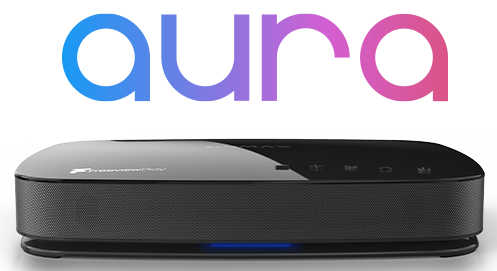Hi, I’ve had foxsat hdr and Sony kdl40w5500 (also Panasonic tv with second foxsat hdr) for over 10 years and very pleased with them. I’ve never used the TVs inbuilt features as I always watch via humax box and nearly always record in SD. I’d like to get a 65” tv and maybe upgrade to humax hdr1100s or whatever is latest humax Freesat recorder with biggest hard drive.
I use several external hard drives with SD recordings.
I use optical output from tv into DAC then into stereo amp and speakers.
The only issues I’ve had with my existing setup are:
With the Sony tv I cant adjust the volume when watching HD content.
With the Panasonic tv I cant use the universal remote to switch the tv on/off. (Can’t do this with Sony either now since replacing remote)
Questions:
1 Which features should I look for on a new 65” tv, given most of them aren’t used with a humax box? eg is upscaling done by tv or humax box?
2 Do I need to get a newer humax box and if so, can I plug in the external hard drives and play SD content recorded on foxsat on the new humax box?
3 which brands/models to choose to avoid compatibility issues like above?
4 I’ve become familiar with Humax foxsat hdr and have found it to be a fantastic product so would prefer to get another humax but are there any viable alternatives?


